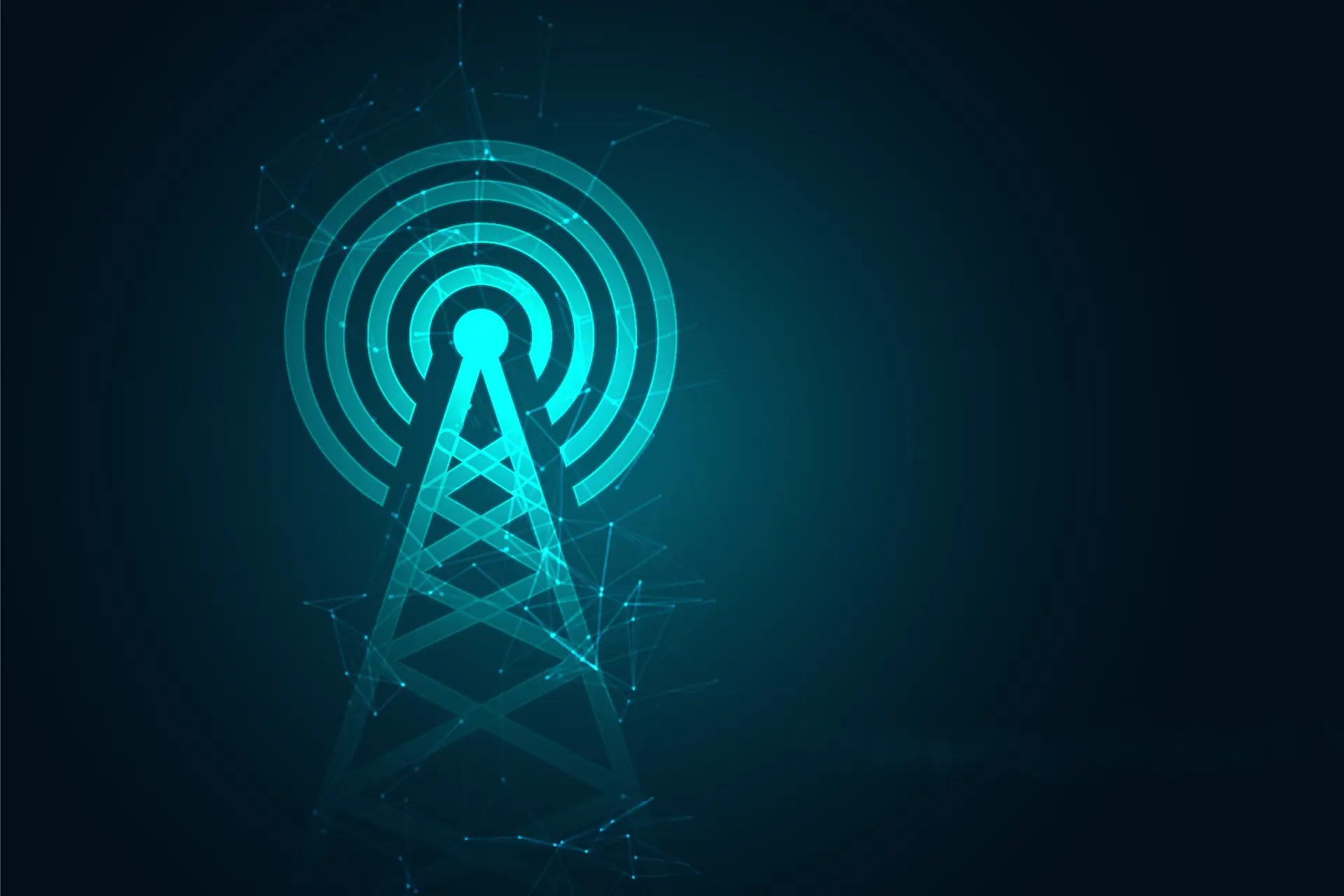Telecom operators face a variety of security-related vulnerabilities due to overall infrastructure complexity, supply chain issues, network misconfigurations, and privacy concerns. To avoid costly downtime, service disruption, and data theft, network operators must identify and fix potential vulnerabilities in their network infrastructure that hackers can exploit.
Hackers often target the Signaling System No. 7 (SS7) and Diameter protocols telecommunications carriers use. As part of this strategy, malicious actors intercept her Two-Factor Authentication (2FA) code to gain access to the user’s account.
TSAROLABS solution approach
- To combat this threat, operators must take security measures to monitor connections, outbound traffic, and the network infrastructure.
- Conduct regular network penetration tests and install anomaly detection systems to identify potential threats better.
- To mitigate the risk of DDoS threats, carriers can implement their web application firewall technology or content delivery network to filter out unauthorized traffic.
- Redirecting DDoS-generated traffic to a dedicated “scrubbing center” that removes malicious traffic and allows regular traffic.
The transformative nature of 5G brings exciting new opportunities for network operators and opens the door to new security vulnerabilities.
Our Next-generation wireless technologies support more interconnected devices than ever, increasing the communications industry’s total malicious threat surface area. Carriers should consider possible vulnerabilities within their 5G systems architecture with the support of TSAROLABS service solutions, including Software configuration.
A hacker could modify software or network components to reduce security measures further, install viruses, or grant unauthorized users administrative permissions. Network security – Malicious attackers can target the connectivity between mobile devices and small cell towers to intercept, alter, or destroy critical data communications.
Network slicing – Slicing 5G networks into multiple sections adds complexity to the overall infrastructure and allows hackers to target and access data from specific slices. Legacy equipment – Since 5G builds on existing 4G hardware, carrier infrastructures likely contain parts that aren’t updated to modern security standards that can be exploited. Spectrum sharing –Carriers providing 5G services will probably use a variety of spectrum frequencies, ranging from low to high, which may allow the attackers to interrupt important communications avenues.
Software DefinedNetworking (SDN) – SDN allows network operators to configure network routes easily, but hackers can embed code into the SDN controller supplicant that degrades performance and limits bandwidth. To mitigate the risks posed by 5G, network operators should consider:
Add value to your telecom network with TSAROLABS using SEPP, which provides end-to-end authentication, application-level security, and eavesdropping protection.
contact us to know more!
Related tags – Cybersecurity, Telecommunications, Network Security, Data Breach, Malware, Cybercrime, Hackers, Phishing, Ransomware, DDoS Attack, Vulnerabilities, Information Security, Identity Theft, Fraud Detection, Incident Response


